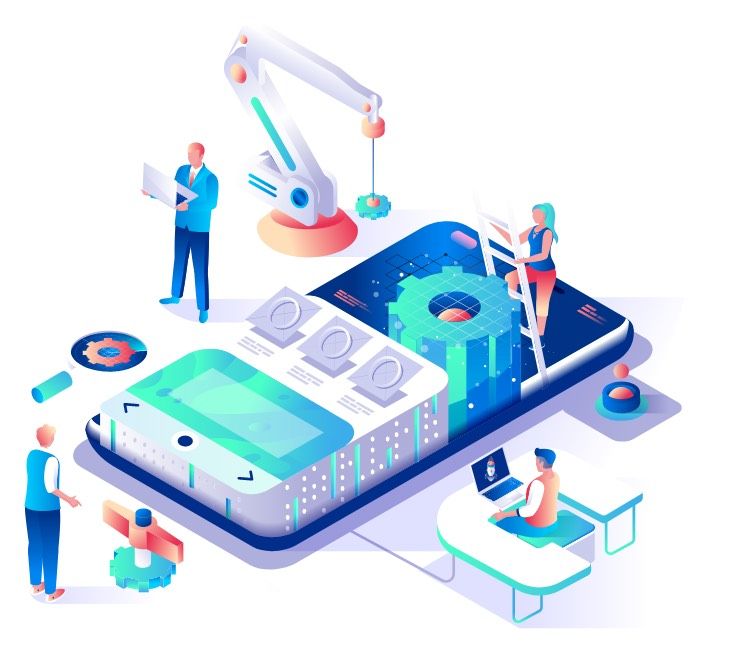
Innovating in the fast-paced world of software development requires a blend of the latest techniques, robust methodologies, and a forward-thinking mindset. Here are some cutting-edge techniques to help your development team innovate faster and smarter:
1. Adopt Microservices: Transition from monolithic architectures to microservices. This approach breaks your software into smaller, modular services that can be developed, deployed, and scaled independently. Microservices promote agility, resilience, and a quicker response to changing market demands.
2. DevOps and Continuous Integration/Continuous Deployment (CI/CD): Integrating development and operations reduces the time between writing code and deploying it to production. CI/CD pipelines automate the process, ensuring code changes are continuously integrated, tested, and deployed.
3. Feature Toggles: Instead of lengthy branching strategies, use feature toggles to hide, enable, or disable features in production. This technique helps in faster iteration and reduces the risk associated with large releases.

4. Serverless Computing: Utilise cloud services like AWS Lambda or Azure Functions to run code in response to events without provisioning or managing servers. This can lead to cost savings and improved scalability.
5. Containerization with Docker & Kubernetes: Containerize your applications to ensure they run consistently across different environments. Kubernetes, on the other hand, can help in auto-scaling, managing, and orchestrating these containers.
6. Progressive Web Apps (PWAs): Develop web applications that behave like native apps on mobile devices. PWAs can work offline, send push notifications, and access device hardware, offering a richer user experience.
7. Graph Databases: As data becomes more interconnected, graph databases like Neo4j allow for querying complex relationships with more ease and performance than traditional relational databases.
8. AI-Powered Automation: Integrate AI and machine learning algorithms to automate mundane tasks, offer intelligent insights, and optimise various stages of the software development lifecycle.
9. Mixed Reality (MR) and Augmented Reality (AR): Create immersive experiences by blending virtual objects with the real world or by augmenting the user’s reality with useful digital information.
10. Edge Computing: Instead of relying solely on centralised data centres, process data closer to its source (like IoT devices). This reduces latency and can lead to quicker, more efficient applications.
11. Adopt the Jamstack Architecture: Prioritise decoupling the frontend from the backend. Use static site generators, APIs, and headless CMS for faster, more secure, and scalable web applications.
12. Code Reviews with Automated Tools: Use static code analysis tools and automated review platforms like SonarQube or Crucible to maintain code quality, reduce technical debt, and catch vulnerabilities early.
13. Shift-left Testing: Integrate testing early in the development process. This proactive approach can identify and fix issues sooner, ensuring higher quality software.

14. Chaos Engineering: Simulate failures in your production environment intentionally to understand potential vulnerabilities and improve resilience.
15. API-First Development: Design APIs before starting with the actual software development, allowing parallel workstreams, better integration, and a focus on user experience.
To stay ahead, developers should not only adopt these techniques but also remain adaptive, continuously learn, and encourage a culture of experimentation. The world of software development is always evolving; staying updated with the latest techniques will ensure you remain at the cutting edge of innovation.









